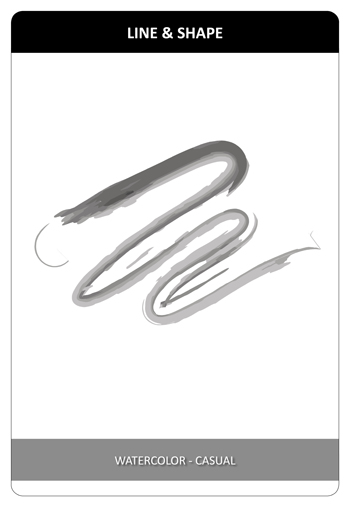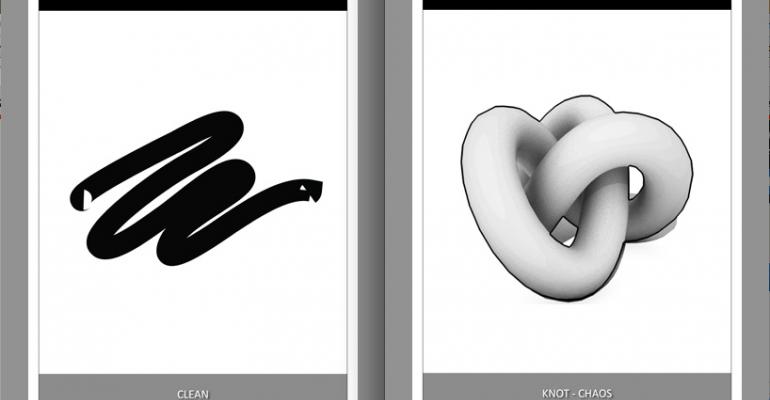Another really cool session I went to during MPI's WEC13 also took on experience design, but in a totally different way. Troy Halsey, author of The Freelancer's Guide to Corporate Event Design, which I must remember to buy, led what was probably the most practical design session I've been to yet. Thanks to a sponsorship by Freeman, we were able to feel the difference in the room when the lighting was blue, or red, or yellow. Troy also had us do things like sniff a lemon-scented car air-freshener (which I would not recommend! He thoughtfully also provided zip-lock bags to put the things in afterward) to have experience how scent can create a physical response. Because experience is all about the senses, and not just sight. We need to use all the senses to strategically deliver the meeting's message, because not everyone in the room will have the same dominant sense.
(Interesting side note: Troy mentioned that you can get a feel for someone's dominant sense by listening to the words they use: "I hear you"; "I see what you mean." And that "message" is not the same as "theme." Theme is "Rising Higher," while the messge behind the theme is "get your butts in gear," he said.)

Sound and sight are already something meeting professionals think about—lights, AV, etc. Touch, like the carpeting, the feel of the chairs, etc., can shape how people feel at the event; i.e., plush carpeting relaxes and makes us more open to receiving the message (I think he was channeling Kare Anderson when he was talking about this stuff). He recommended reading The Starbucks Experience for an example of how one company turned ordinary coffee drinking into an experience with relaxing music, mood lighting, decor, free Wi-Fi. Another recommendation was Messages and Meanings, a book from Pantone that discusses the psychology of color, such as how red puts us on the alert and stresses us out.
Think about your attendee from head to toe, male and female. If they carry handbags, what's likely in them? Something that will need to be charged? Give them a charging station. Will they be wearing heels? Make sure the footing is accommodating and comfortable. And so on.
We also got really practical and opened up the design decks on the table, which are basically decks of cards with images depicting sets of different color palettes, textures, lines/shapes, and moods. Each table had a few minutes to winnow down each set to what we thought would work best for that session, in that room, with almost no budget. Then we put it all onto a sheet, also thoughtfully provided, that would give us our design pallet. And voila! We had the mood, colors, textures, and general feel for what we wanted the session to be.
If you want to play with all this stuff yourself, go to the Halsey Group's site's resources page and plug and play with the online decks and templates Troy and his team so thoughtfully provide. There's also a useful mind map of all the different things you should take into account when planning a meeting. It is a really cool way to approach an event, and one I venture a lot of planners may not currently be doing.





